Jump to:

Why this recipe works
- Super easy to make stir fry. If you have ever boiled pasta noodles then you are almost an expert at making this recipe. While the pasta is boiling, saute the veggies lightly, and combine.
- Quick preparation time. Most pasta boils in 9-12 minutes. Al dente will be slightly less time, softer noodles will take longer. Either way your Chinese noodle dish is done in under 20 minutes...and that includes time to boil the water.
- A healthy dinner option. The world is filled with unhealthy foods that are so tempting to make for a quick weeknight dinner. Unlike a restaurant lo mein noodle recipe, this one is not oily and greasy. It's nice to have a dish like this that tastes great and is so good for you. Broccoli, carrots, mushrooms and any number of other healthy additions make this perfect low fat dish. A healthy option especially nice for times like Hanukkah that encourage us to eat lot of fried foods.

How to Make the Best Vegetarian Lo Mein Noodles Step by Step
This lo mein dish is such an easy recipe and comes together easy as 1, 2, 3:
Step 1: Chop the veggies
Fresh broccoli, carrots, onions, red bell peppers, and mushrooms make this lo mein taste as amazing as it does. In a pinch, you can use a bag of frozen stir fry mix but fresh is always better.

Step 2: Prepare the noodles and Saute the veggies.
Cook the pasta according to the instructions on the package. I like to use udon noodles because I really like the thicker flat texture of those noodles in combination with the veggies. While the water is boiling for pasta, I saute my veggies in a large skillet with a small amount of olive oil until fork tender and just beginning to get some brown bits.

Step 3: Make the sauce
You can do this step while the pasta water is boiling too. Mix the soy sauce, brown sugar, honey, rice vinegar, ginger, sesame oil, and minced garlic. Combine the pasta, veggies and sauce together in a large bowl. Toss and top with green onions. Delicious.
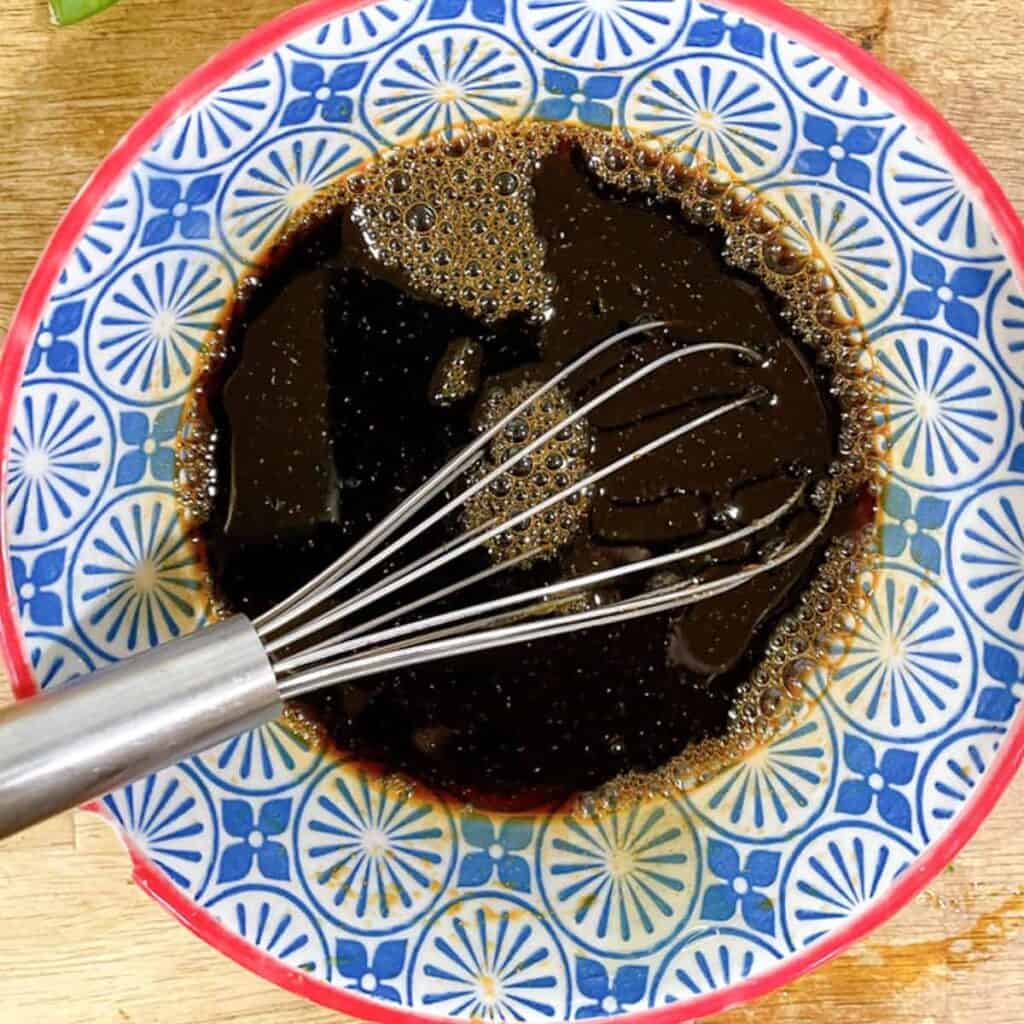
Recipe FAQ
This recipe uses udon noodles but that is more of a personal preference. Most grocery stores also sell lo mein noodles which are also good. You do not need to make a special trip to the store to get them as you can use egg noodles, spaghetti noodles, or ramen noodles as well.
Traditionally, the noodles used to make lo mein contain gluten. This is not to say that there is not gluten free option. Just substitute rice noodles and coconut aminos for soy sauce and the dish is gluten free!
Toasted, always toasted. There is also a "regular" sesame oil that exists but it is lacking the deep rich nutty flavor that the toasted sesame oil has.

Healthy Recipe Tips and Suggestions
This dish is so easily customizable you can make it exactly as you like it. Are you vegetarian or vegan? This dish is for you. Maybe you would prefer meat? Add some! This is a kosher recipe so there is no oyster sauce but here are some ideas of what else you could include:
- Add more veggies. Green bell pepper, celery, shredded green cabbage, water chestnuts, spinach, bok choy...pick your favorites and add them in Step 2 of the recipe.
- Chicken lo mein. Add cooked chicken breast or chicken thigh meat.
- Make it a meat lo mein. Try steak, turkey, salami, or pastrami. Make sure to fully cook your meat before adding it into the lo mein.
- Salmon or kani lo main. Thankfully kosher cuisine is no stranger to using kani. This is the imitation crab meat that can be found at most kosher grocery stores. Kani tastes great mixed in with the other lo mein ingredients. Either raw or cooked salmon is also a nice flavorful addition. If you really want to try something different, taste our Brown Sugar Smoked Salmon in lo mein.
- Use alternative proteins. Try eggs, tofu, cashews, or seitan to add pareve proteins.
- Spice it up! Top with red pepper flakes or sriracha sauce for a spicy flavor.
- Add Sweet and Sour Sauce. Maybe we are biased, but our Sweet and Sour Sauce recipe really does go on everything!
📖 Recipe
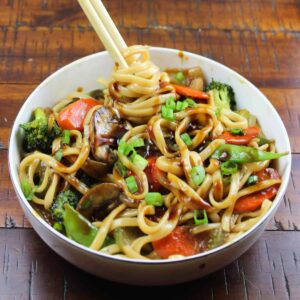
Equipment
- Large skillet
- Strainer
- Tongs
Ingredients
- 1 package noodles
- ½ cup soy sauce
- ¼ cup brown sugar
- 2 tablespoon honey
- 1 teaspoon fresh ginger grated or ½ teaspoon ginger powder
- 2 cloves garlic, minced or ½ teaspoon granulated garlic
- 1 tablespoon rice vinegar
- 1 teaspoon toasted sesame oil
- 2 tablespoon olive oil
- 1 small onion
- 2 scallions cut into 2" pieces
- 2 large carrots sliced
- 1 cup broccoli florets
- ½ cup mushrooms sliced
- ½ cup snow peas
- ½ cup red pepper sliced
Instructions
- Cook noodles according to directions on package.
- Drain noodles and toss with 1 teaspoon toasted sesame oil and set aside.
- Heat cooking oil in large skillet and cook cut up vegetables on a medium heat until softened to fork tender.
- In a bowl whisk together soy sauce, brown sugar, honey, rice vinegar, ginger, and garlic.
- When vegetables are cooked to preference remove from heat and pour sauce over top and stir to coat.
- Add noodles and toss until noodles are coated in sauce and vegetables are dispersed throughout.
Notes
Healthy Recipe Tips and Suggestions
This dish is so easily customizable you can make it exactly as you like it. Are you vegetarian or vegan? This dish is for you. Maybe you would prefer meat? Add some! Here are some ideas of what you could include:- Add more veggies. Red bell pepper, snow peas, water chestnuts, spinach...pick your favorites and add them in Step 2 of the recipe.
- Make it a meat lo mein. Add chicken, steak, turkey, salami, or pastrami. Make sure to fully cook your meat before adding it into the lo mein.
- Salmon or kani lo main. Thankfully kosher cuisine is no stranger to using kani. This is the imitation crab meat that can be found at most kosher grocery stores. Kani tastes great mixed in with the other lo mein ingredients. Either raw or cooked salmon is also a nice flavorful addition. If you really want to try something different, taste our Brown Sugar Smoked Salmon in lo mein.
- Use alternative proteins. Try eggs, tofu, or seitan to add pareve proteins.

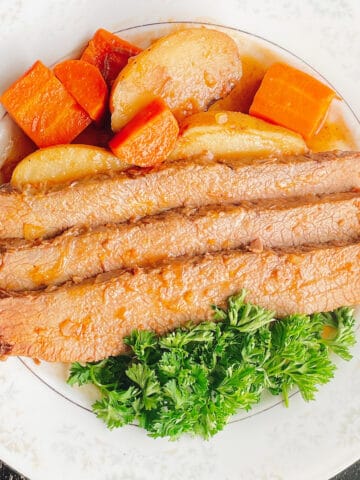
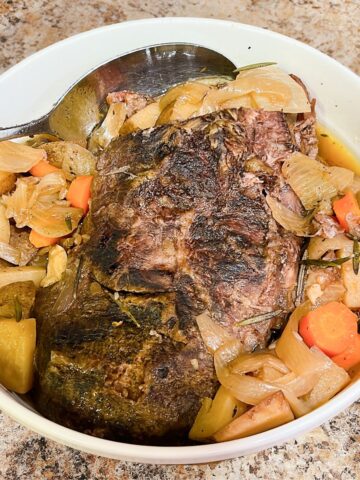
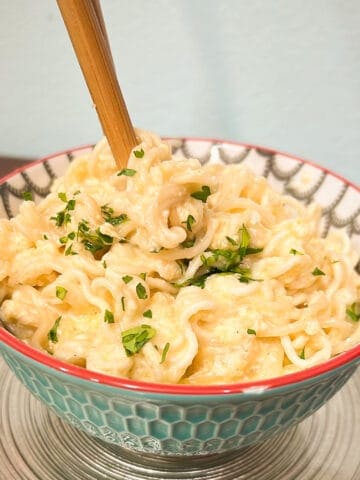
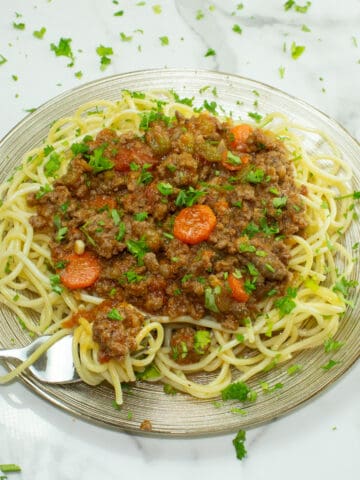
Comments
No Comments